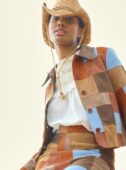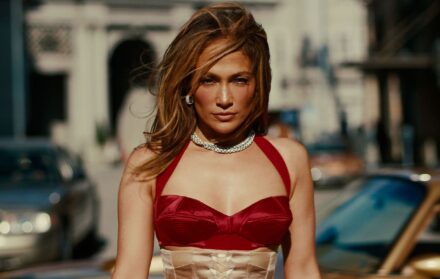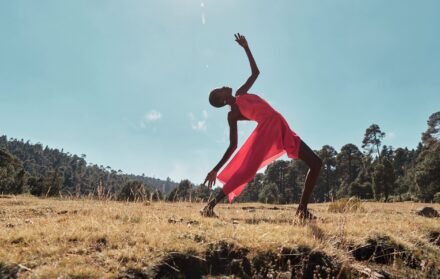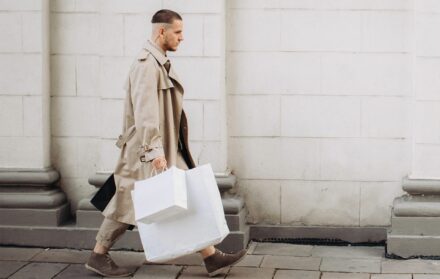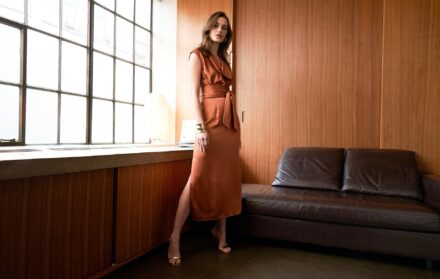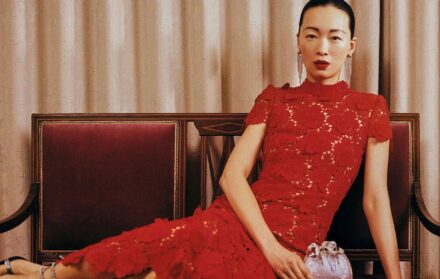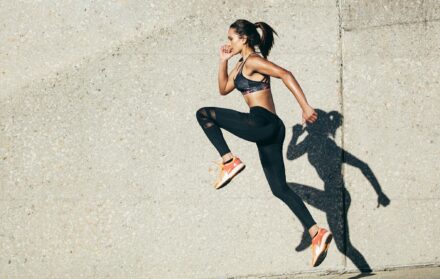
From FROW to FOH: How luxury fashion designers are taking over London’s hospitality scene
Servers in Savile Row and cleaners in Craig Green: step inside the capital’s hotels, bars and restaurants where the barista is better dressed than you are
When was the last time you went out for dinner and really took notice of the staff uniforms? Admittedly, a really good front-of-house knows how to blend into the background but, lately, chances are you might not have realised they were uniforms at all. In fact, you’ll more likely have found yourself wondering where that sharply tailored gent spending an awful lot of time hanging around the bar bought his suit.
There is, you see, a quiet revolution taking place in the wardrobes of London’s bar staff, waiters, sommeliers and doormen. Gone are the ubiquitous polyester polo shirts, penguin suits and shapeless dresses. Instead, London’s coolest hospitality venues are kitting out their staff in the capital’s chicest designers – and, in the process, giving their well-heeled patrons a run for their money in the style stakes.
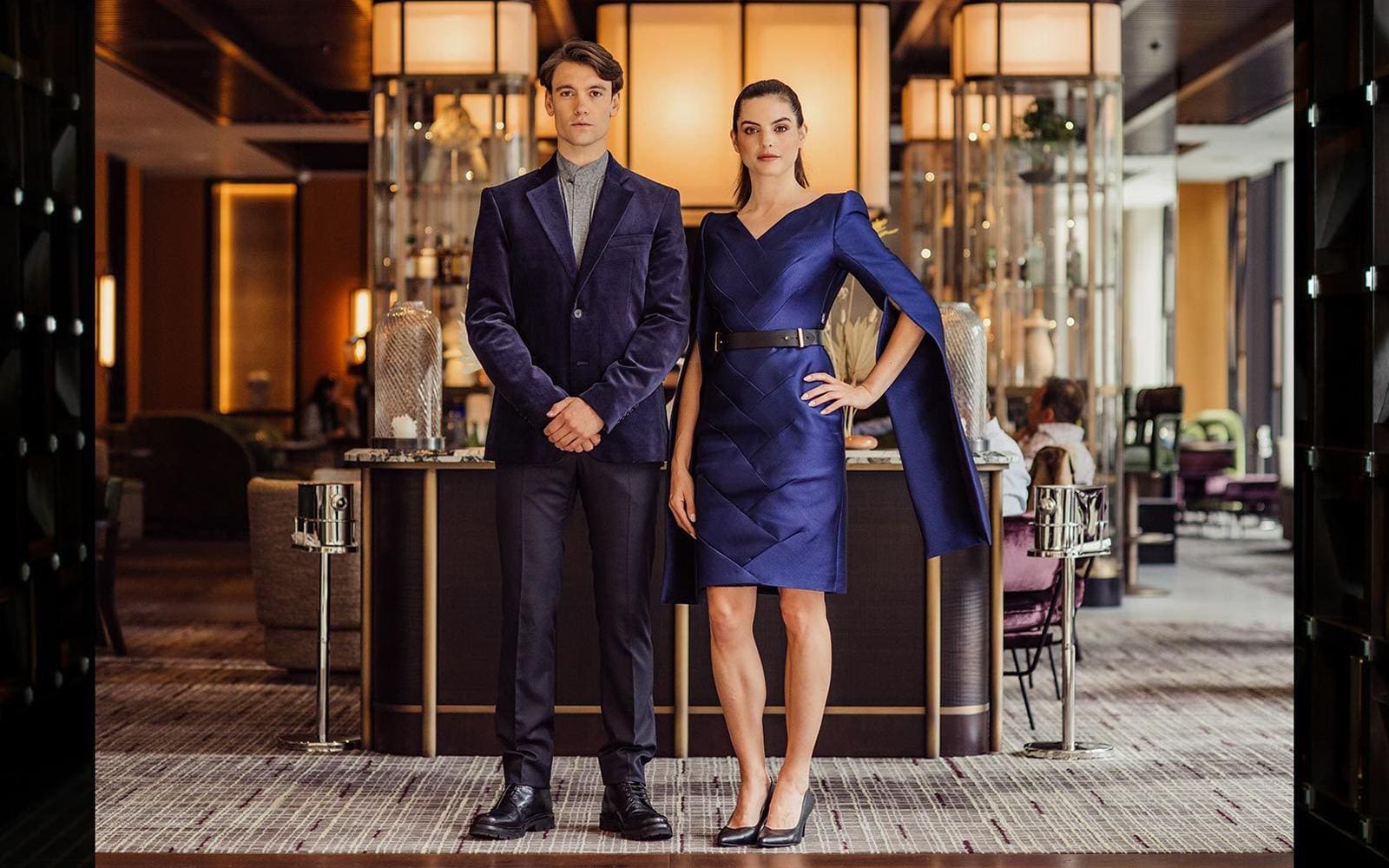
This approach feels natural for hip new openings like The Standard in King’s Cross, which enlisted Craig Green to design its front-of-house uniforms when it opened in 2019. The resulting minimalist suits, unstructured jackets and straight-cut trousers, each adorned with ties and straps to allow for different body shapes and personal fit preference, are barely distinguishable from the Common Projects and Fear of God garb favoured by The Standard’s patrons. In fact, the collaboration was so successful that the two teamed up again to create a line of herringbone and pinstripe bathrobes for those wishing to take home their own slice of the staff’s style. Yours for £150.
It isn’t, however, just new venues looking to make an impact that are getting in on the action. At Covent Garden’s Cafe Murano, chef-owner Angela Hartnett has her team decked out in tailoring from Turnbull & Asser: the same Royal Warranted Jermyn Street shirtmaker favoured by Prince Charles, Winston Churchill and James Bond. At Shoreditch’s Michelin-starred Clove Club they’re wearing Beams, while at Chiltern Firehouse staff have long been envied for their Emilia Wickstead jumpsuits and J Crew suits.
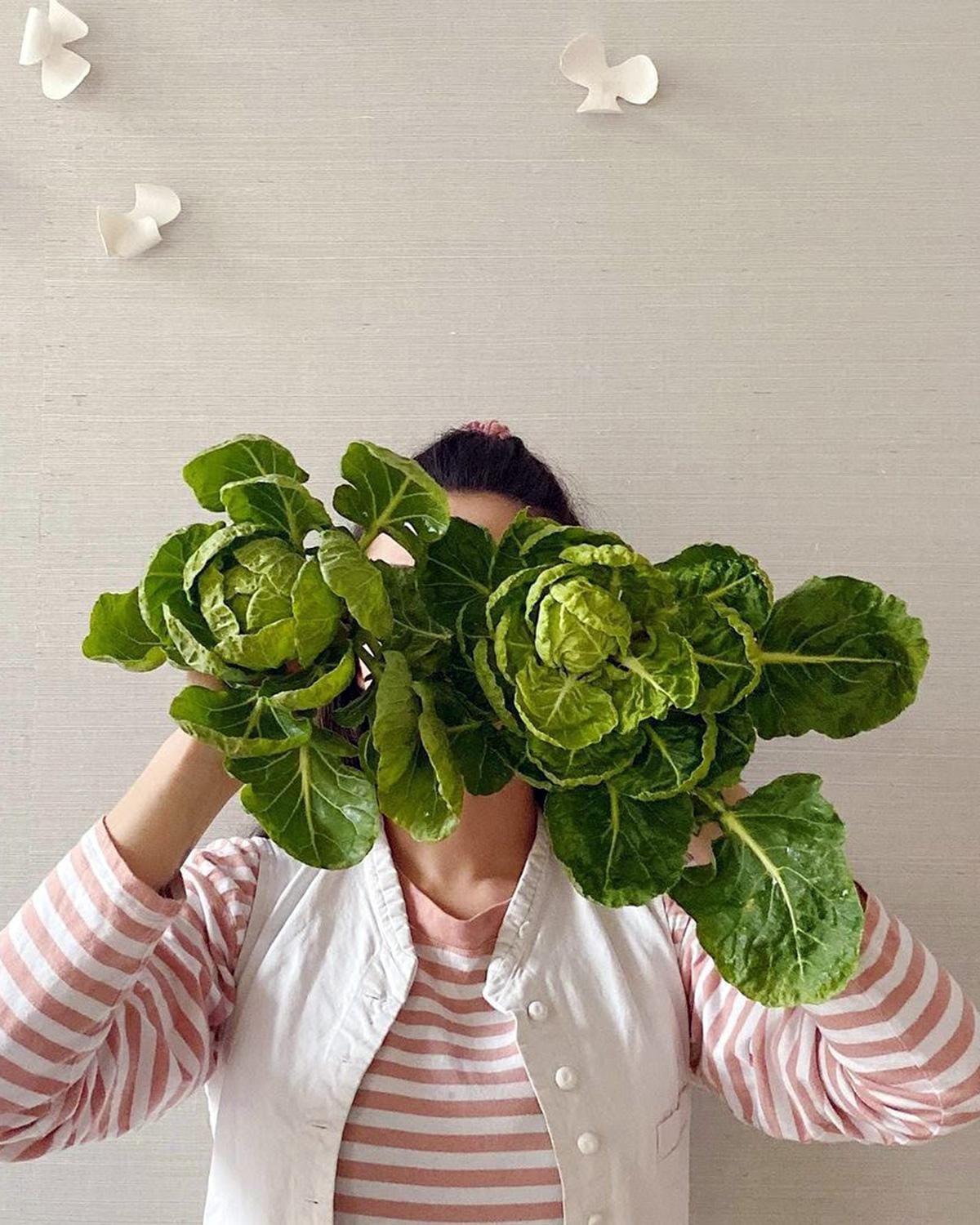 | 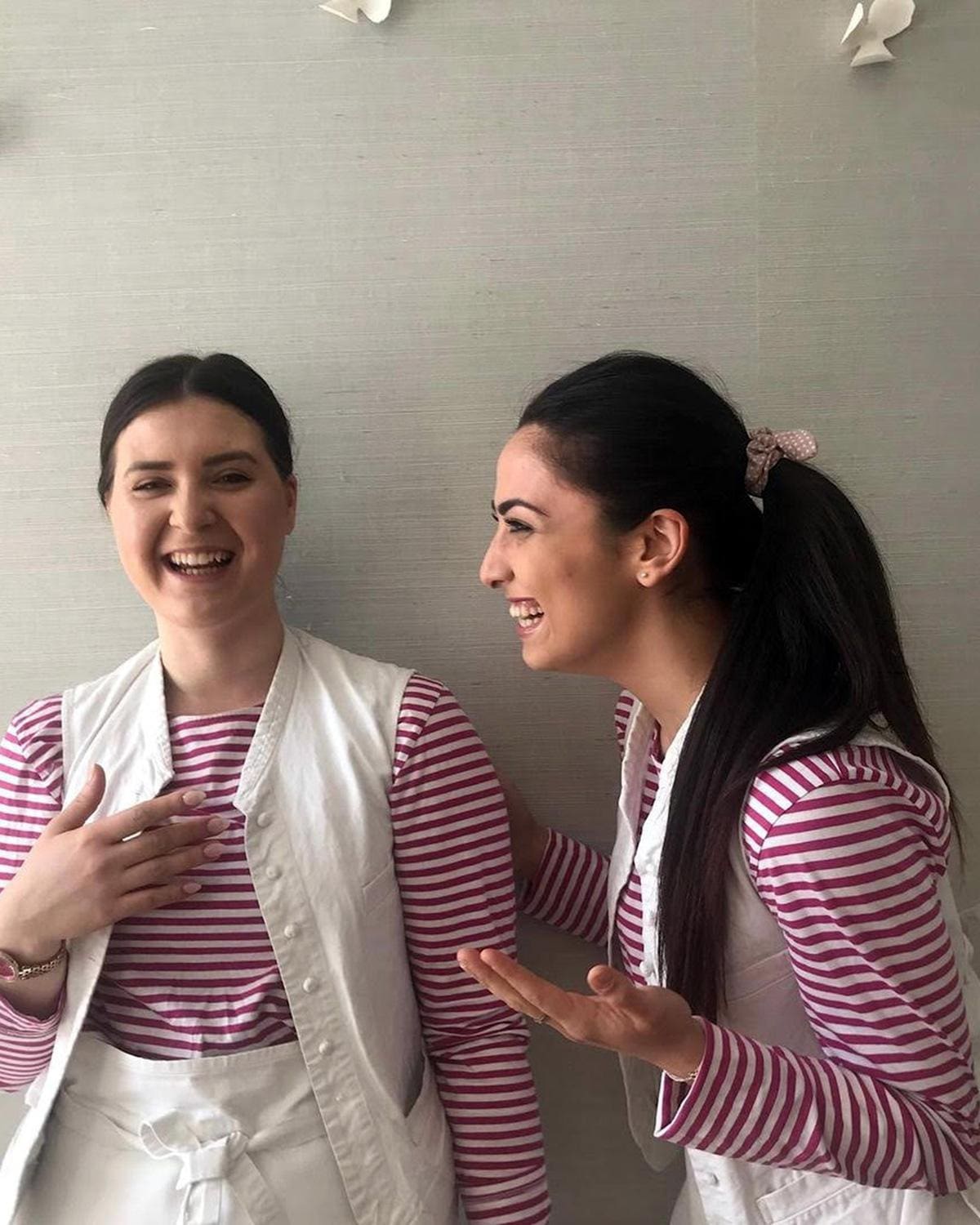 |
“I think a restaurant is theatre and everything has to be considered,” says Skye Gyngell, chef-proprietor of Spring in Somerset House. “Uniforms are worn by people and people are what make a restaurant come alive, otherwise it’s just an empty space, essentially. I think uniforms can really help tell the story and add to the theatre.”
Accordingly, Gyngell charged Maureen Doherty and her much-loved Knightsbridge boutique, Egg, with creating Spring’s staff uniforms, explaining the brief was not merely to create something practical but also to devise a look that would feel at home in Spring’s grand, airy architecture. The results – Breton-style striped tops, rough-rolled wide-cut cotton trousers with matching mandarin collar waistcoats, and A-line dresses in a palette of navy, lemon and lime – are regularly mentioned among the capital’s most coveted front-of-house looks.
“I loved [working on] the creative process with Maureen; she went further than I would have dared, it’s very playful!” says Gyngell. “Maureen’s uniforms brought the space alive: the striped tops in all the different shades brought colour to the room and a vibrant energy. I think the uniform makes the staff look joyful – they are fun but also immensely practical and long-wearing.”
It is this sense of creativity and vibrancy that one suspects LW Theatres was aiming for when it tasked London fashion darling Charles Jeffrey, known for his fashion week-favourite label Loverboy, with redesigning uniforms for its famed Red Coat hospitality team when it reopened the Theatre Royal Drury Lane last year.
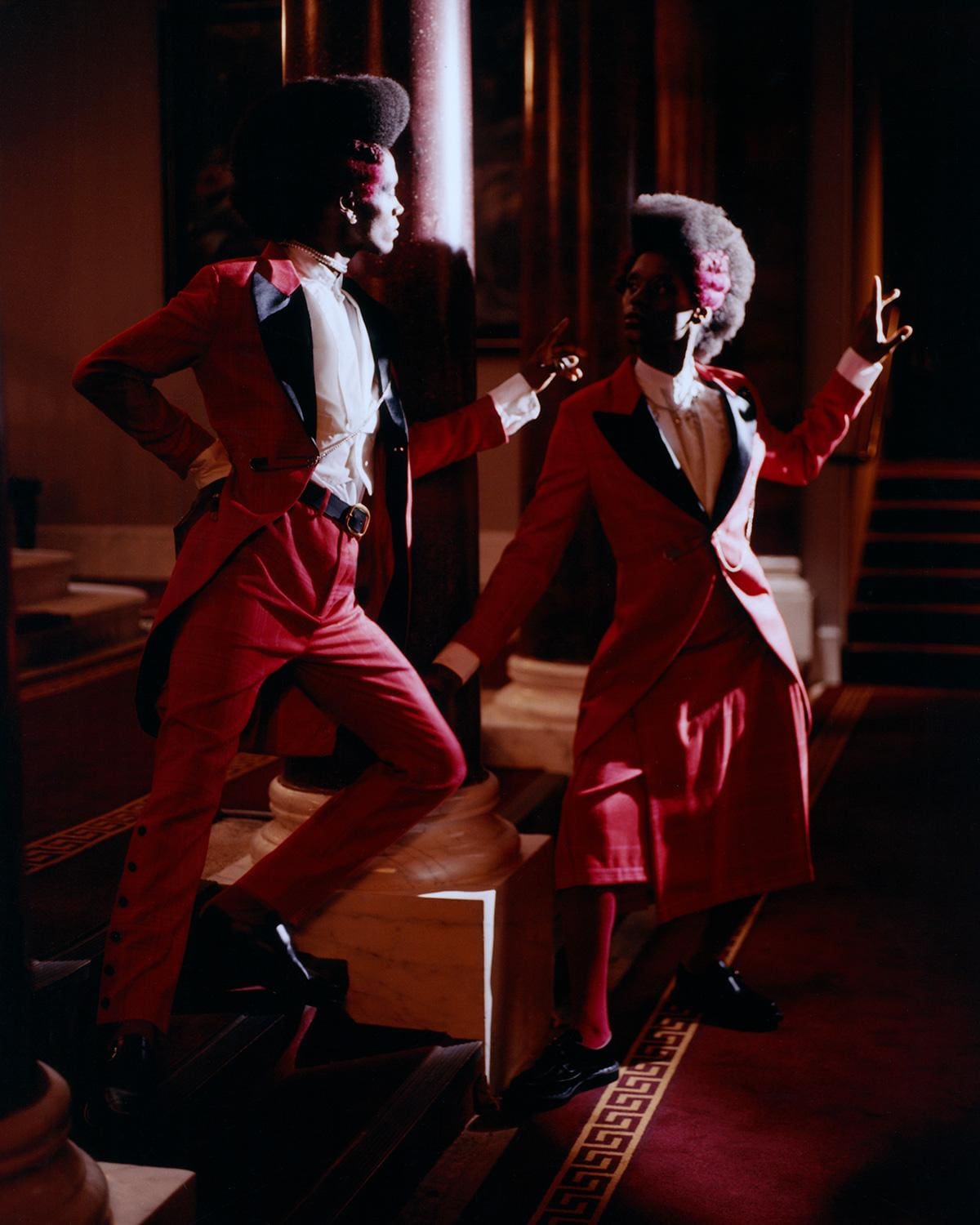 | 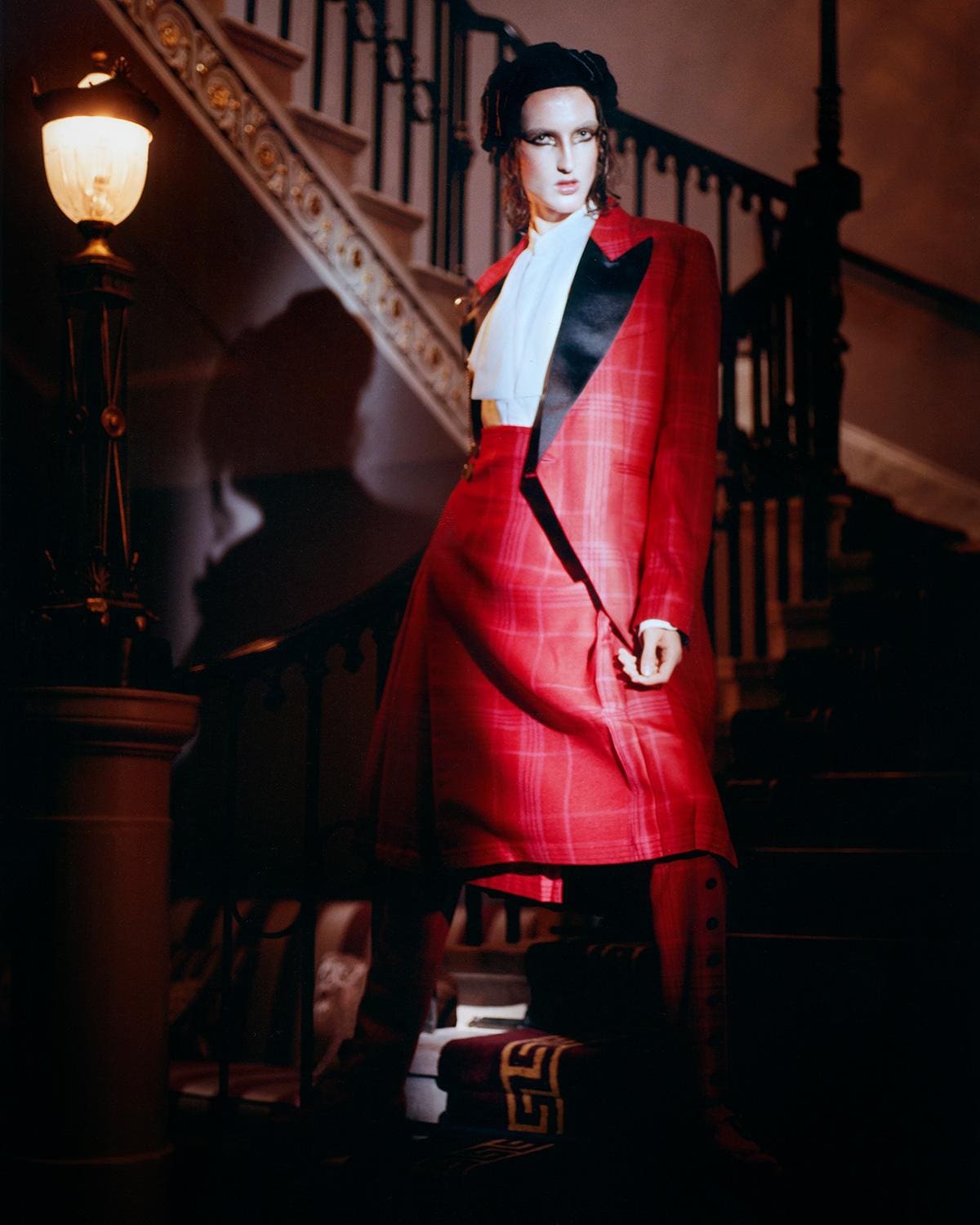 |
A fixture of the West End theatre since 1989, the Red Coats set the tone for a guest’s experience and are usually the staff patrons have most contact with at the theatre – making Jeffrey’s very fashion-forward aesthetic a perhaps risky choice for a venue currently showing Frozen to suburban families eight times a week.
“I see the Red Coats as arbiters of information, they have such rich distinction that when I started thinking about how to reinterpret their classic uniforms, I felt compelled to explore the use of red in art (i.e. Rothko) and in semiotics as key vehicles to drive the manifestation of these designs,” says Jeffrey, of the scarlet checked kilts, slim-cropped trousers and sharply-lapelled tailcoats he created. “Theatre Royal Drury Lane also has its own extensive art collection, including illustrations by costume designer Cecil Beaton, which allowed me to peer into the stories and experiences the Red Coats might have had at the theatre.”
Jeffrey’s real ingenuity, however, was in making each garment both genderless and flexible. Every element of the capsule wardrobe can be mixed and matched, with staff also given a range of accessories, including custom belts and oversized kilt pin chains, with which to put a personal stamp on their uniform. The effect is simultaneously smart but with an edgy, punk vibe befitting London’s fashion history.
This kind of flexibility, says Nicholas Oakwell, couturier, founder of NO Uniform and arguably London’s hottest hospitality designer (having kitted out staff everywhere from Claridge’s and The Rosewood to Nobu and The Connaught), is the one requirement his clients request more than any other.
“I call it the Miracle Uniform,” he jokes. “The brief always seems to be that the uniform must suit all body types, all skin tones, look smart, represent the brand, be moveable (so many clients want to do yoga in three-piece suits, I have no idea why), cool in the summer, warm in the winter, be cleaned easily and still look perfect after 18 months of wear. The miracle uniform!”
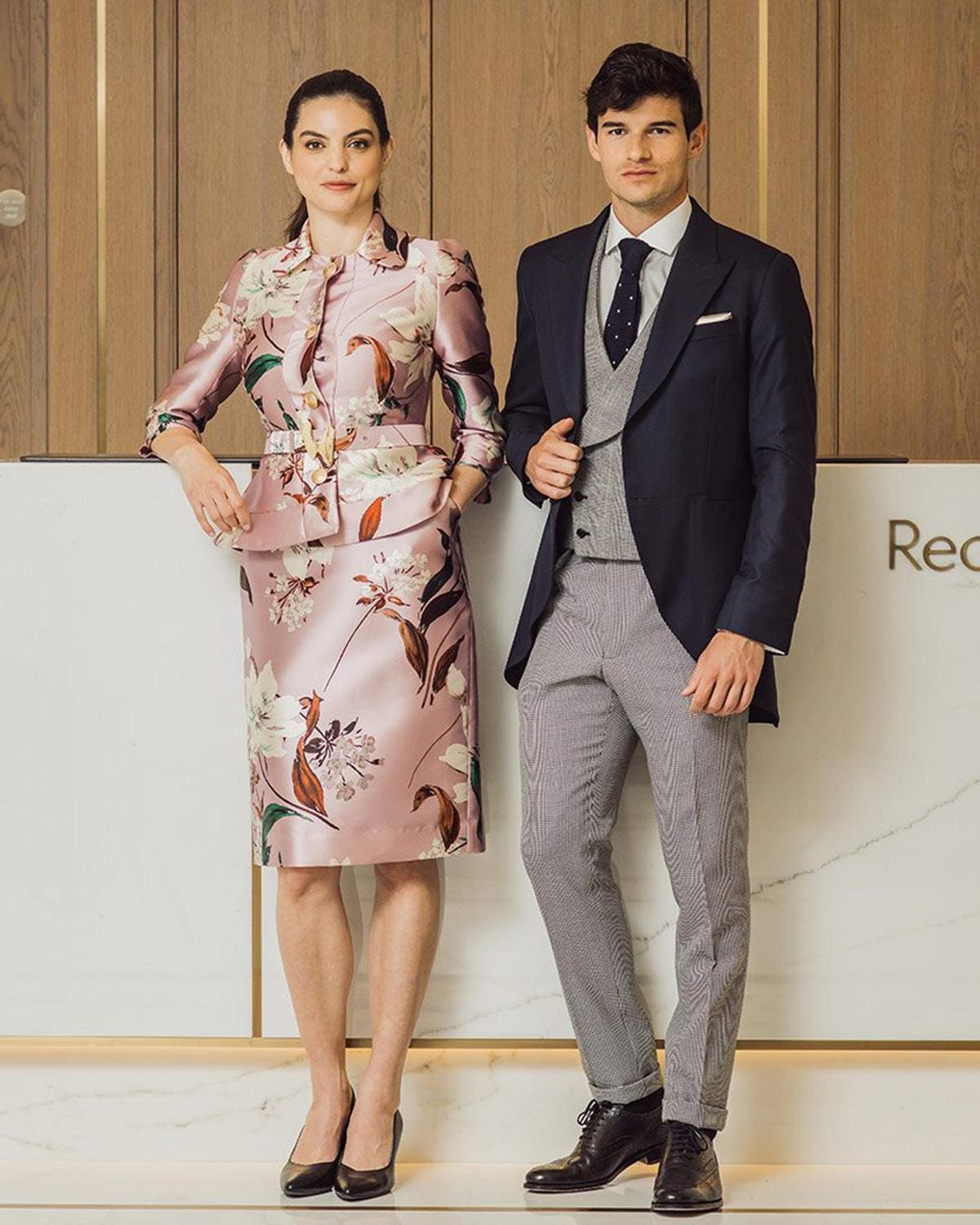 | 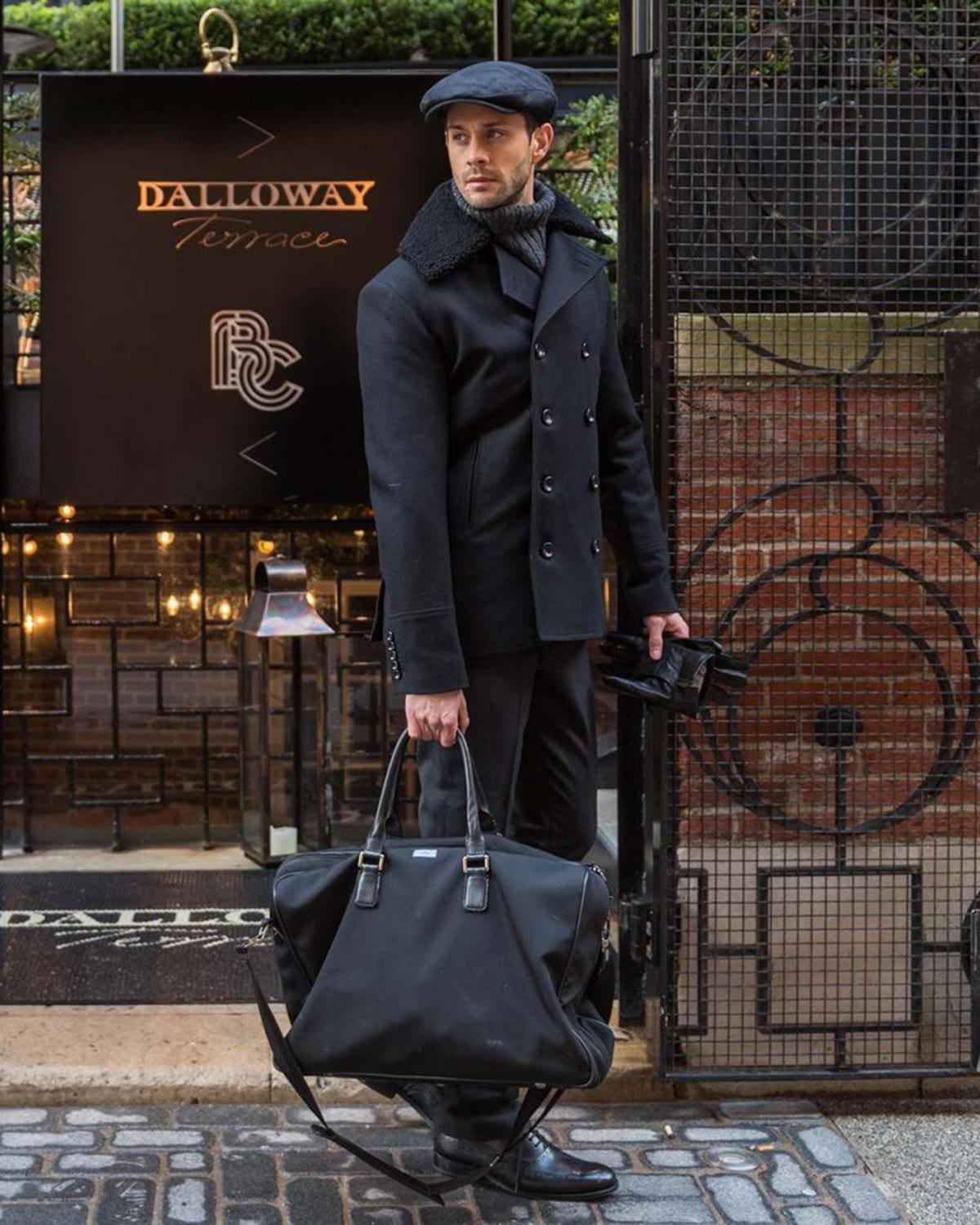 |
After two decades oscillating between demanding couture fashion clients and even more demanding hospitality groups, Oakwell has learned a few tricks of the trade and, more importantly, what to avoid. “A uniform has to aid the team member in performing their function but they are also ‘wearing the brand’,” he explains. “I design with the brand in mind first and the venue interior second. We would never put a blue tie in the design to match the curtains; that’s almost opposite to what we do. Designing uniforms is creating a solution; it’s like solving a puzzle.”
So, between trying briefs and the less-than-glamorous nature of designing utility garments destined to be spilled on, heavily washed and over-worn, what’s in it for the designers? Money, naturally, plays a part and Oakwell isn’t shy about admitting it was a lucrative £250,000 contract with the Great Eastern Hotel (now the Andaz) that initially convinced him to give uniform design a go.
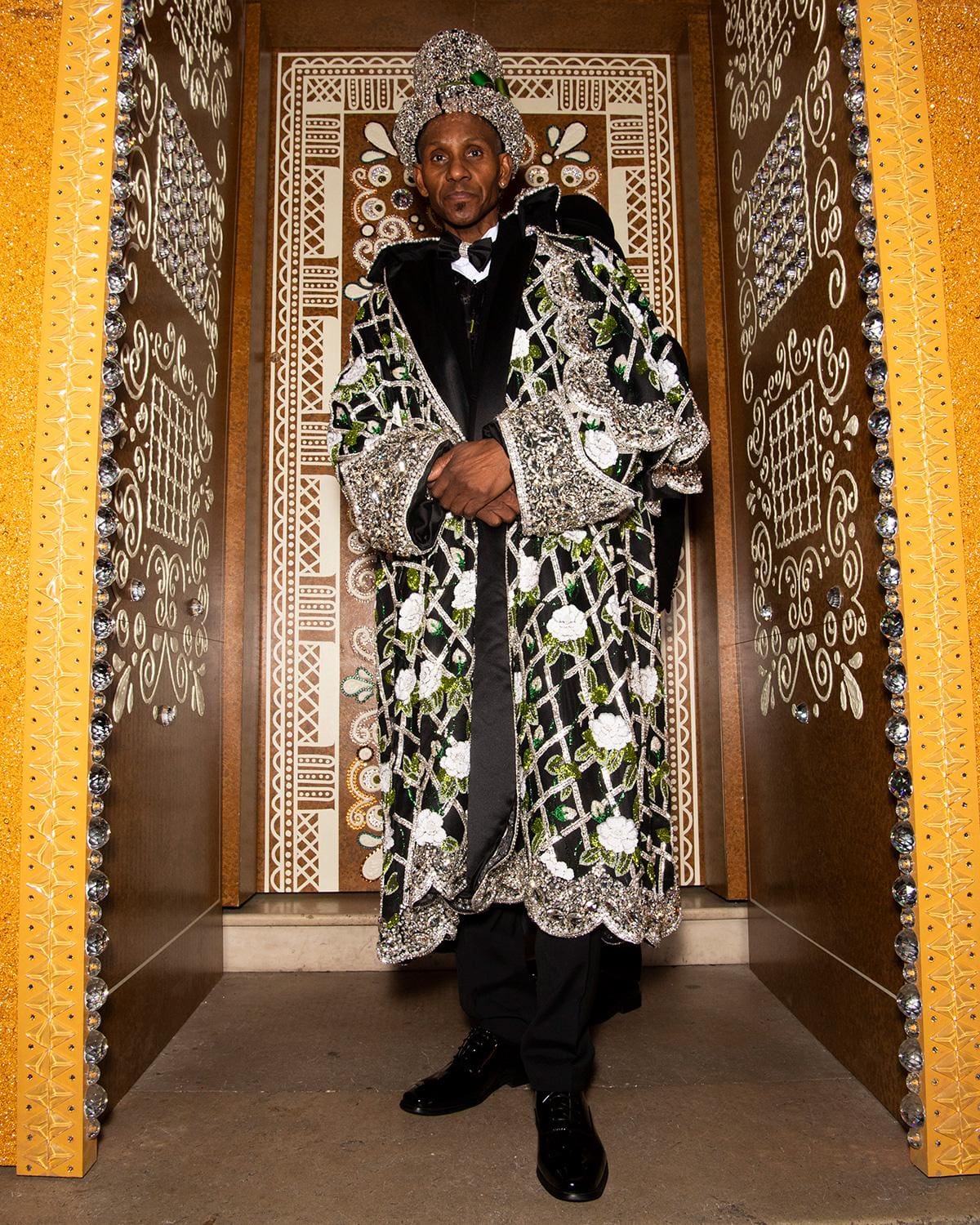 | 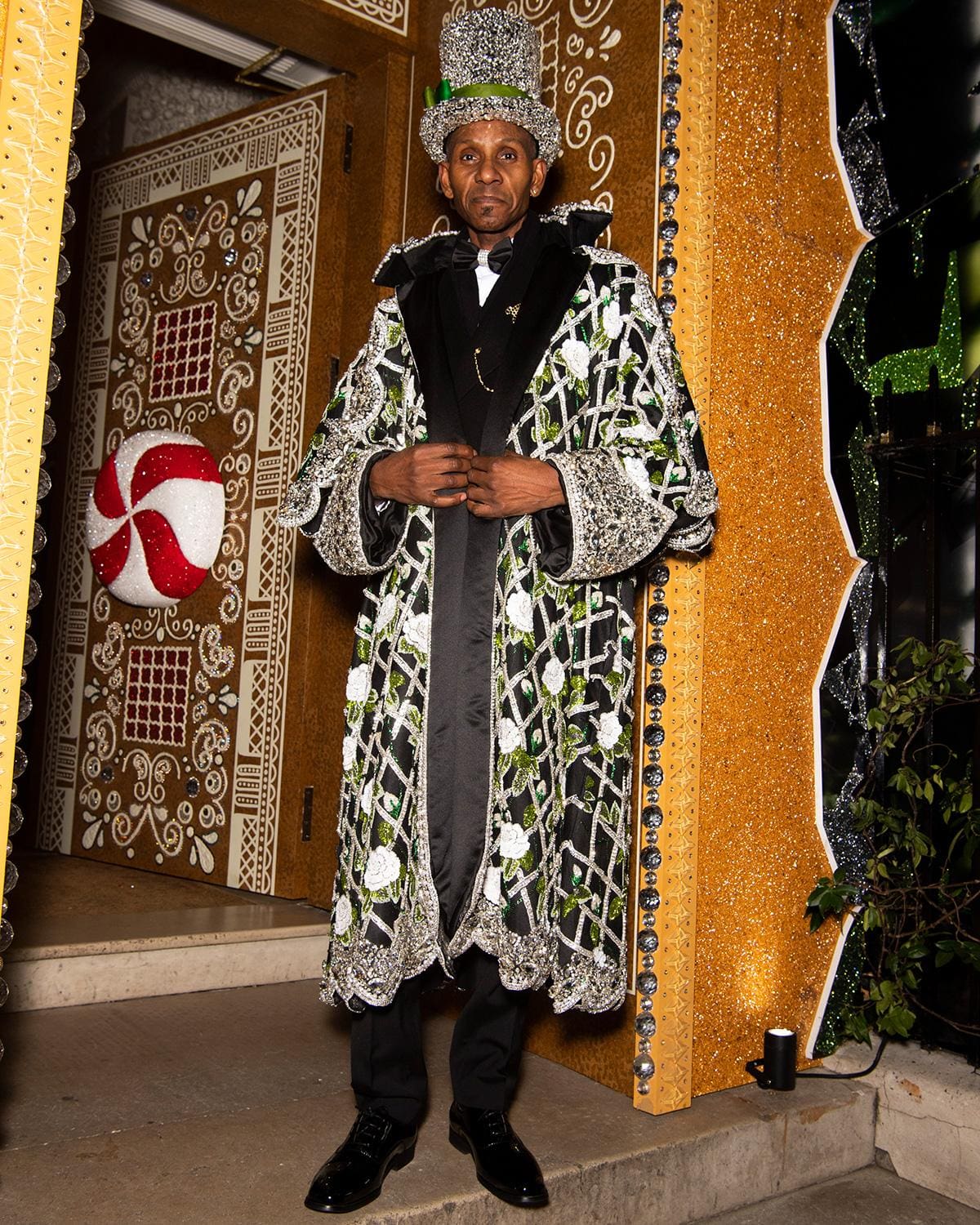 |
For others, however, it is the opportunity to work with some of the capital’s best-loved institutions and have their designs seen in real-world settings that prove the biggest draw. Take, for example, Richard Quinn’s collaboration with Mayfair members’ club Annabel’s, which saw the London-based creative redesign the doormen’s capes for the Christmas 2021 season. Not only did this present Quinn with the opportunity to have his work stationed permanently outside one of London’s most photographed venues at its busiest time of year, but, knowing Annabel’s reputations for opulence, gave him carte blanche to flex his most creative muscles, delivering top hats and trellis-embroidered coats adorned with Swarovski crystals.
“We were so excited to partner with long-term collaborator Swarovski on the bespoke costumes for Annabel’s renowned doormen,” says Quinn of the collection. “As the world began to open again, it was a great pleasure to have participated in such a joyful and festive project. We designed ornately embellished capes, hats and shoes to complement the crystallised façade of Annabel’s, which provided a warm welcome to the guests who entered its ‘magical world’.”
If, after two testing years of lockdowns and restrictions, a little dose of high fashion is what’s needed to get London’s hospitality scene back on course, who are we to complain about upping our own style game in return? We’ll see you in Selfridges.
